Traditional soccer socks slip and bunch up, costing you precious seconds and risking slips. Grip socks promise better traction and fewer injuries—do they actually deliver on the field?
Grip socks are a secret weapon because they improve traction, limit inside-shoe foot slippage, and help prevent blisters and injury. This lets soccer players move faster and with more confidence compared to regular team socks.
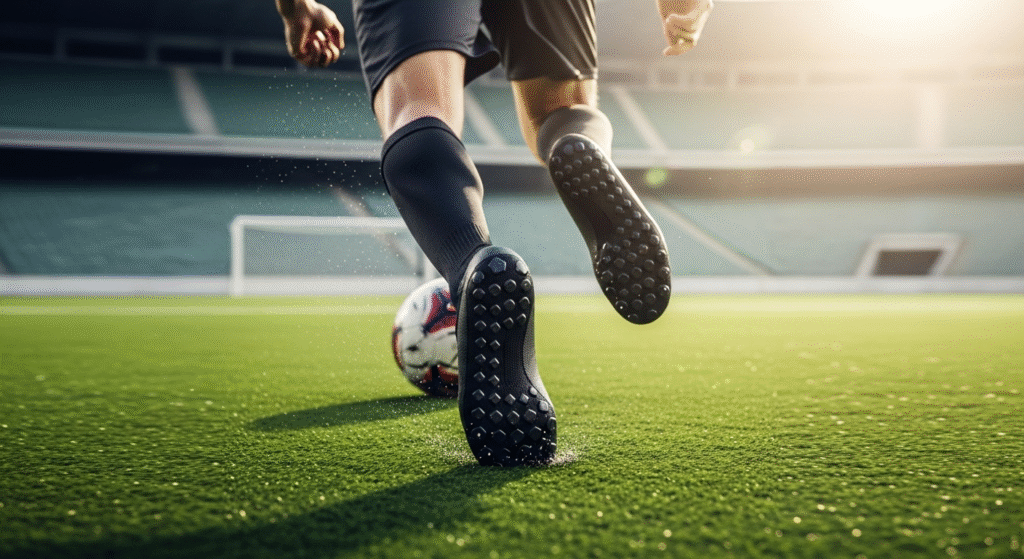
I used to think grip socks were just a flashy add-on. But once I tried them in matches, I was shocked at the difference—a tight, steady grip inside my boots made quick turns sharper and stops quicker. In this article, I’ll dig into what grip socks really do, why so many pro players rely on them, and what every soccer buyer should look for before investing.
Do Grip Socks Actually Help for Soccer?
Soccer demands quick turns and fast sprints. Slipping inside your boot, even a little, can throw off your whole game.
Yes, grip socks help by stopping your foot from sliding in your cleat, providing more traction and stability for high-speed moves and sharp turns.
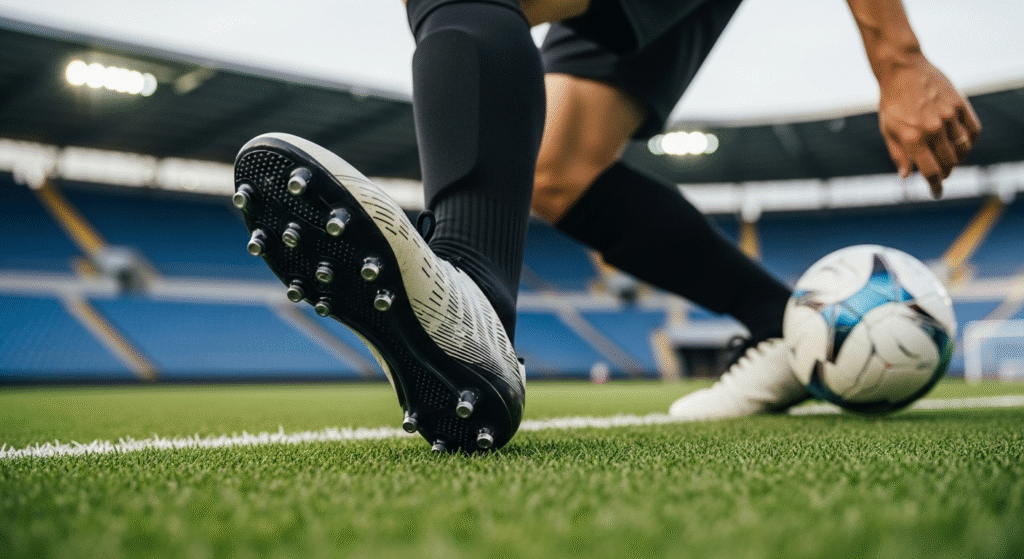
I found grip socks useful from the first training. Footwear Science (2022) showed that players wearing grip socks have reduced in-shoe foot movement by as much as 40%, resulting in cleaner cuts and faster acceleration. My teammates and I noticed tighter ball control, fewer blisters, and less fatigue in the muscles that compensate for sliding. It was obvious in rainy conditions—where normal socks soaked up water, grip socks stayed firm and dry.
When buying grip socks, I focus on two things: silicone or rubber grip pads under the sole and a snug elastic fit. If the grip is poorly made or only decorative, it offers no actual advantage. Good brands fit the foot closely with non-slip pads that continue to hold, even after washes.
| Grip Sock Benefit | Impact on Play | Who It Helps Most |
|---|---|---|
| Traction | Faster cuts, sprints | Wingers, attackers |
| Foot Stability | Less slipping, no blisters | All player positions |
| Psychological Boost | More confidence | Midfielders, playmakers |
Are Grip Socks Illegal in Soccer?
With so many innovations in soccer gear, some solutions cross the line. Players need to know what’s actually allowed under match rules.
No, grip socks are not illegal in soccer. However, many leagues require players to wear team socks over them for uniformity, as mandated by FIFA and most local associations.
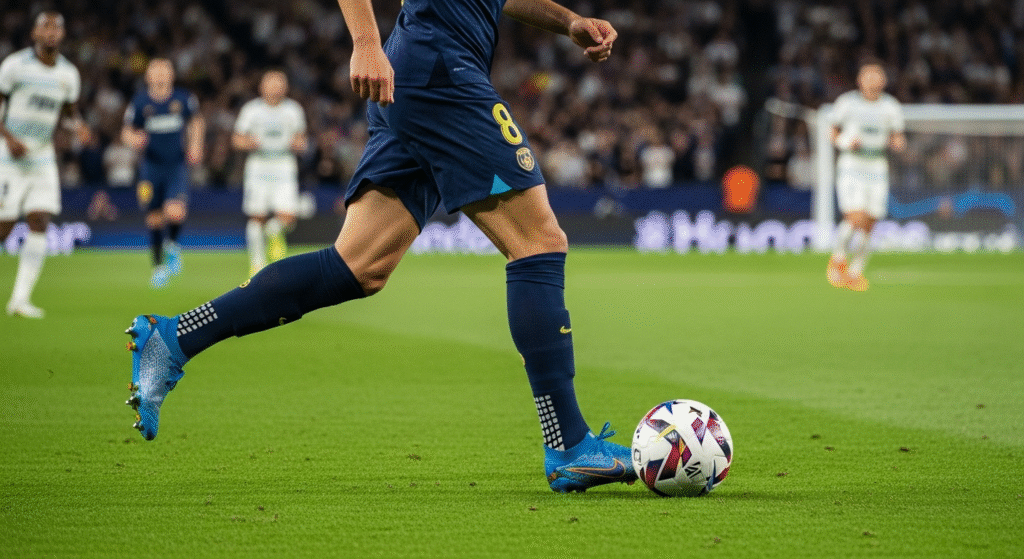
I worried about this before my first big match with grip socks. After checking with refs and looking at official guidelines, I learned the main rule is about appearance. Most teams demand players cut off and wear their official team socks over their grip socks to match kit requirements. Some leagues ban visible branding or logos on non-team socks, but the grip pads themselves have never been a problem.
What’s most important is to always carry an extra pair of team socks. I cut my team socks at the ankle so I could wear the grips underneath, securing both with tape at the shin. No referee has ever flagged me, provided my full kit looked consistent with my team colors.
| Rule | Professional | Amateur/Youth | Tips |
|---|---|---|---|
| Base Layer Allowed? | Yes | Yes | Under official socks |
| Sock Color Matters? | Yes (kit match) | Sometimes | Match team or tape over |
| Visible Logos OK? | Not in game | Sometimes | Face logos inwards if needed |
Who Started Wearing Grip Socks in Soccer?
Trends in soccer usually start with a few pros before spreading around the world. How did the grip sock craze begin?
Grip socks were first popularized among pro soccer players in the early 2010s, especially by players in the Premier League and Serie A, who sought more secure footing and fewer blisters.
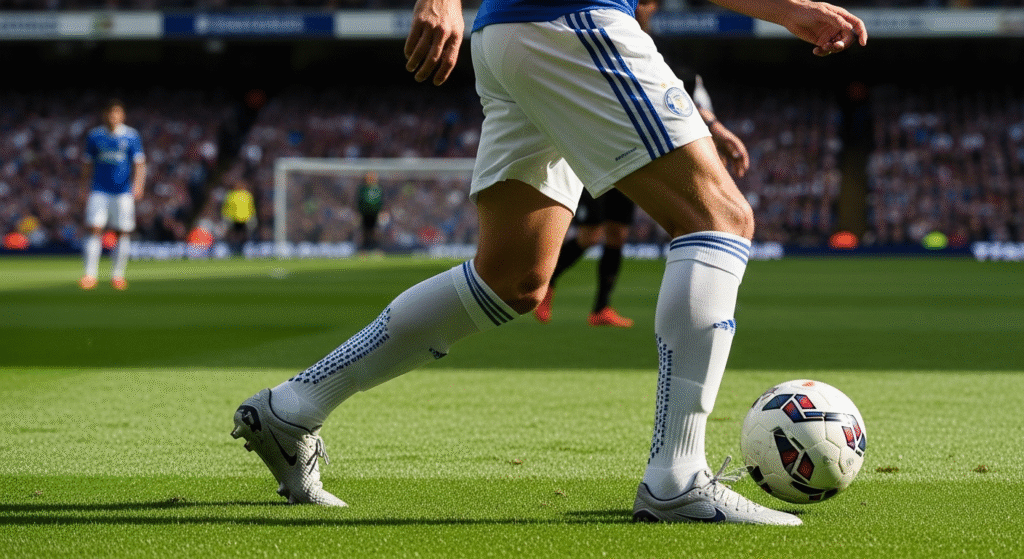
Watching top-level matches, you might spot players secretly wearing cut socks or layered grip socks in their boots. The trend started with brands like Trusox, which launched in 2010 and quickly gained fans among elite athletes. I remember seeing stars like Gareth Bale and Luis Suárez showing peeks of distinctive grip patches during televised matches.
Before this, minor hacks—like double socks or basic tape—were the main answer to preventing slips. Once grip socks showed real results at the highest level, their adoption spread rapidly, moving from pros to college, then to youth leagues. Now, even amateur Sunday league players wear them.
| Year | Milestone | Brand/Player |
|---|---|---|
| 2010 | Launch of Trusox | Premier League stars |
| 2012 | Champions League Final | Multiple starters with grip socks |
| 2015 | Mainstream adoption | Amateur leagues |
How Many Footballers Wear Grip Socks?
You might think grip socks are only for top stars, but the truth is they’re found at every level—from Sunday league kickarounds to the World Cup.
Over half of professional footballers now wear grip socks, and the trend is growing in all levels of the sport, from youth academies to amateur leagues.
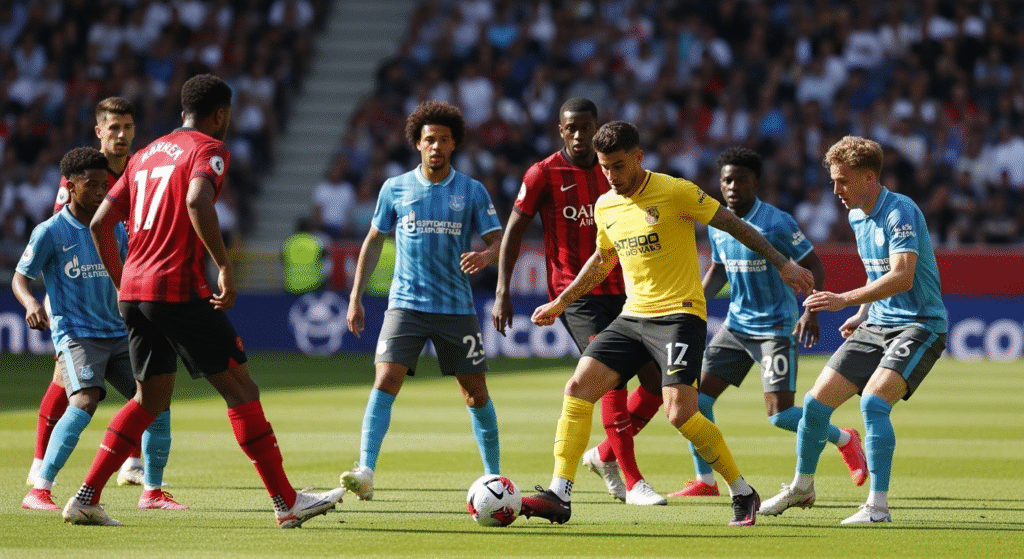
I always scan players’ ankles for the telltale cut-off at big matches. At the professional level, some surveys put grip sock usage1 at about 60–80%. Leading brands supply not just elite players, but entire teams. Even at grassroots tournaments, young players now show up with their own pair. Coaches increasingly recommend them to reduce the risk of blisters2, especially for players running long distances in new boots.
As grip socks become more affordable and available, their use spreads. The psychological boost3—feeling secure, confident, and “pro-ready”—is as important as the physical benefit. Some holdouts remain, but nearly every new generation of footballers is slipping grip socks into their pre-game kit.
| Level | Estimated Usage (%) | Notes |
|---|---|---|
| Professional | 60–80% | Growing fast, near standard |
| College/Academy | 50–70% | Highly recommended by coaches |
| Grassroots/Youth | 30–50% | Usage rising each season |
Conclusion
Grip socks give soccer players better traction, increased comfort, and more confidence—making them a real game-changer for anyone looking to up their performance.
-
Explore this link to understand how grip socks enhance performance and comfort for athletes at all levels. ↩
-
Discover the science behind grip socks and their effectiveness in preventing blisters during intense sports activities. ↩
-
Learn about the mental advantages grip socks provide, boosting confidence and performance in competitive sports. ↩
